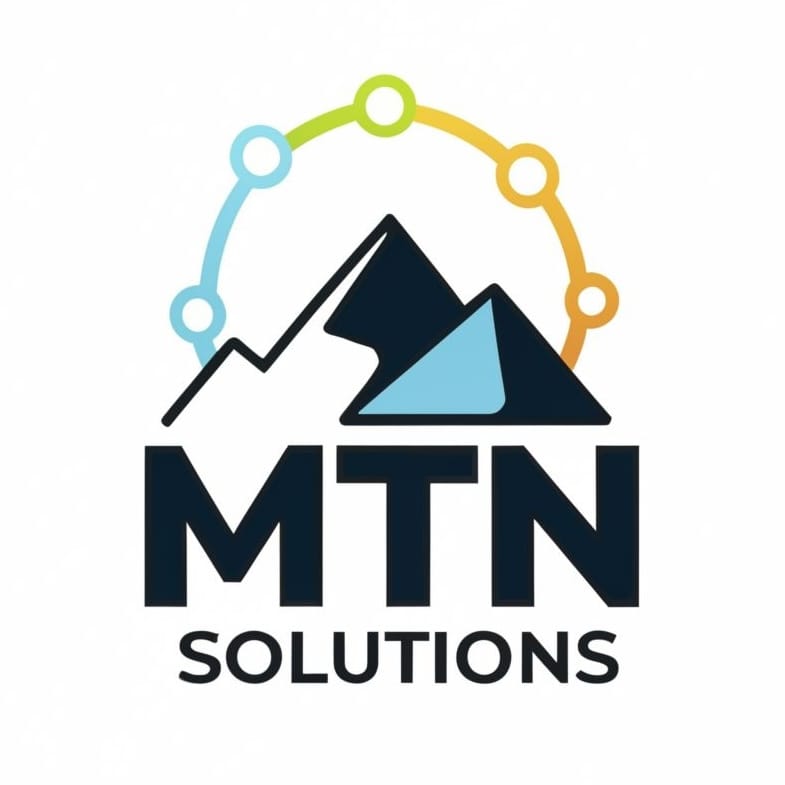+E.164 vs National Format

One fundamental aspect of communication is the use of telephone numbers. However, there are different ways these numbers can be formatted and categorized, and two common systems are +E.164 and national numbering systems. In this blog post, we will explore the key differences between these two numbering systems and how they impact global and local telecommunications. In short, this is aimed at giving you some clarity if you are experiencing trouble getting your PBX to dial out to your SIP provider.
Let’s Define Some Terms
A PBX, which stands for Private Branch Exchange, is a telecommunications system used within an organization or business to manage incoming and outgoing phone calls, as well as other communication methods like video conferencing and messaging. The primary function of a PBX is to route calls internally within the organization and to connect them to external phone lines when necessary.
A PBX will route calls to internally within an organization or externally to a PSTN (Oh great, more acronyms!) or Public Switched Telephone Network. The PSTN is the traditional, analog-based telecommunications network that has been in use for many decades. It is the network that allows people to make voice calls using landline phones. PBX servers add other functionality to your organization’s phone system such as but not limited to, SMS (text messages), voice mail, and video calling.
A SIP provider, (Session Initiation Protocol provider), is a telecommunications company services for making voice and multimedia communications over the Internet. SIP is a protocol used for initiating, maintaining, modifying, and terminating real-time sessions involving video, voice, messaging, and other communications applications and services. SIP providers are the companies that connect you PBX to the PSTN. Think of a SIP provider as the phone company; they are the ones you pay whatever usage subscription fees associated with communication outside of your organization, whether inbound or outbound.
In order to get your PBX to connect to the PSTN, you must configure your PBX server to match the configuration expected by the SIP provider. This brings me to the main point of this particular post—number formatting! If you are not able to receive calls but can call out, you will miss important calls and not be the wiser.
When dialing out, your SIP provider will pass all of the digits of the number you enter in the format you dialed them but will NOT ring your line if you PBX is expecting incoming calls from a +E.164 (more about what all of that means later) formatted number and the number dialed is in a national format. For example, if your PBX is “listening” for +1 (719) 123 – 4567, and your SIP provider is configured for national number format, you will get the call only if the + and 1 are dialed first, otherwise you will not get the call at all. Said another way, with the aforementioned configurations, your SIP provider can prepend a caller’s dialed number so as to allow a national-format-dialed number to reach your PBX expecting the +E.164 format.
So, What is +E.164?
+E.164 is an international standard for the format of telephone numbers. It was developed by the International Telecommunication Union (ITU) to ensure uniformity and consistency in the way telephone numbers are represented globally. The +E.164 numbering format includes the following elements:
Country Code (+): The plus sign at the beginning signifies that the number follows the +E.164 standard. In many cases, substituting 00 for the + will suffice.
Country Code: A unique code assigned to each country or territory, which helps identify the destination of the call. For instance, the country code for the United States is +1, for Germany, it's +49, and South Korea uses +82.
National Destination Code: This is an optional part of the +E.164 format and is used for routing calls within a country. It helps direct calls to specific geographic regions or local exchanges. Think of this as the area code in the US. Nowadays, it is becoming more and more difficult to find telephone markets with few enough subscriber number assignments to omit the area code. As an example, using the full ten-digit phone number to dial in the 719 area code became mandatory on April 24, 2021, resulting in the inability to reach local subscribers by dialing something like this: 234 –5678.
Subscriber Number: The subscriber number is the unique identifier for an individual or organization within a specific geographic area or country. In the US, it is the last seven digits of the phone number.
While +E.164 numbers are typically used for international dialing and allow callers from one country to reach destinations in another country seamlessly, you can and should save phone numbers in your contact list in this format if you ever plan to call home while traveling abroad.
What is a National Numbering System?
In contrast to the international +E.164 format, national numbering systems are specific to individual countries. Each country has its own rules and conventions for assigning and formatting telephone numbers. These systems usually include:
Country-Specific Prefix: A country-specific prefix, often known as an area code or city code, is used to designate a specific geographic area or city within the country.
Local Subscriber Number: This is the unique identifier for a person or entity within a particular geographic area or city.
National numbering systems are primarily used for domestic calls, enabling communication within a specific country or region. They don't include the international country code (+) or the national destination code used in the +E.164 format.
Understanding the difference between +E.164 and national numbering systems is crucial, especially in our globalized world. While +E.164 ensures a consistent and internationally accessible format for telephone numbers, national numbering systems cater to domestic communication needs. Both systems have their distinct roles and importance, depending on whether you're making a local or international call. So, next time you pick up the phone, take a moment to appreciate the underlying numbering system that connects you to your destination, whether it's just down the street or on the other side of the world. And if you happen to have any trouble with your PBX dialing out or receiving calls, doublecheck the number format in the configuration settings.
If you are curious about setting up your own PBX and connecting it to a SIP provider, let me know in the comments below or email [email protected], and I will get a tutorial together for you in a future post.





